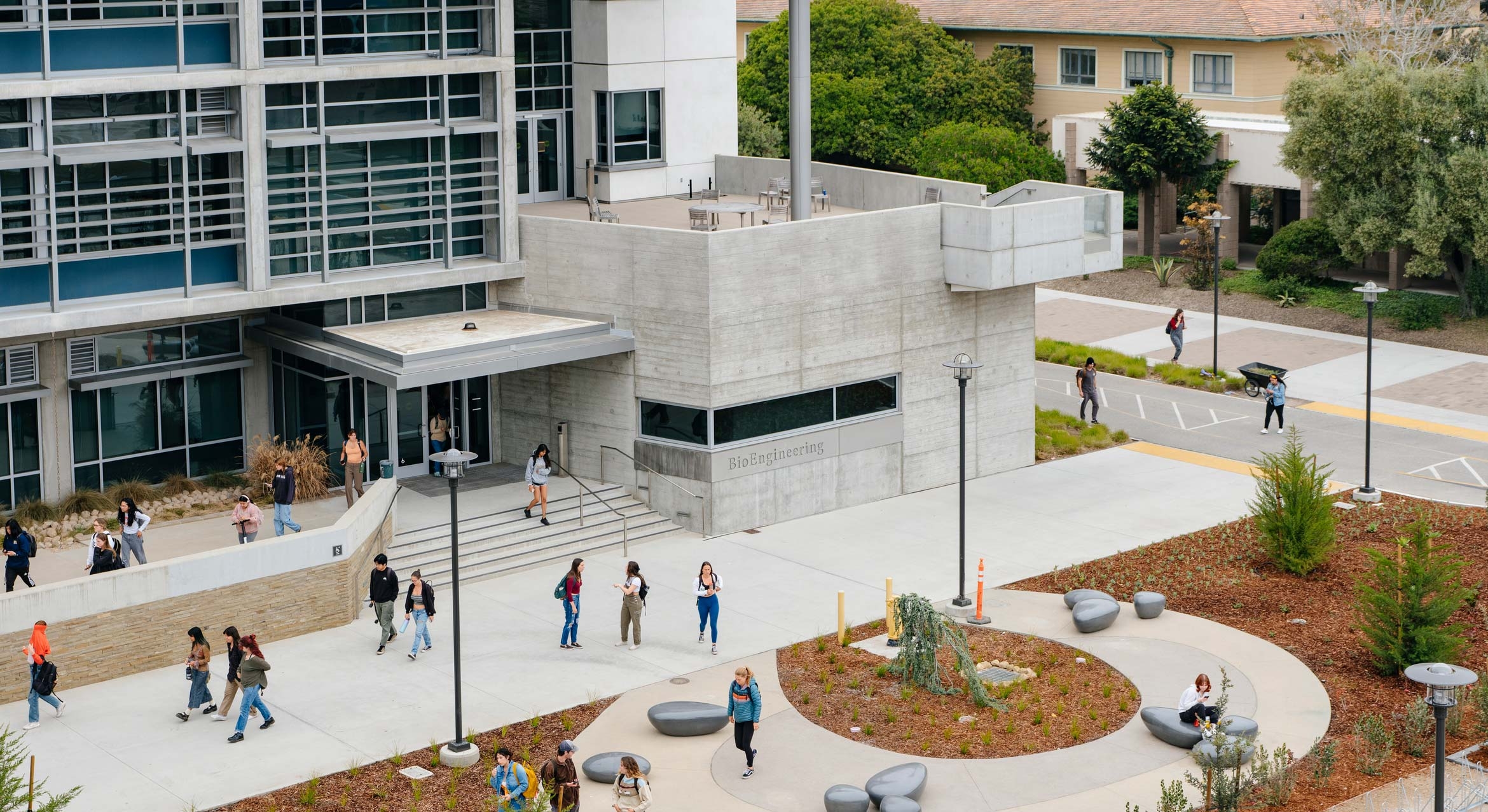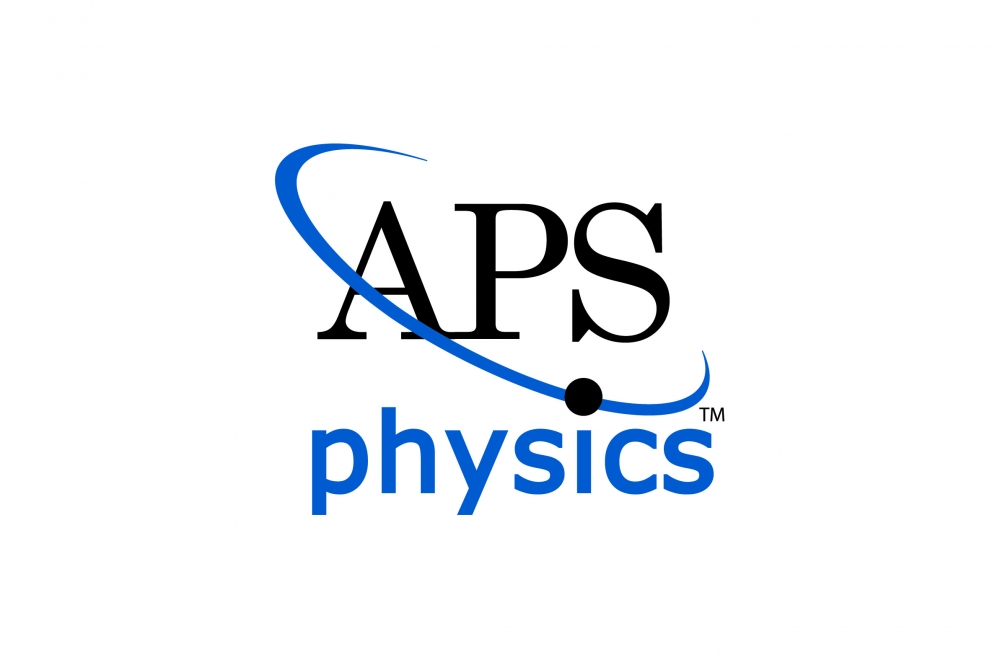
Five From UCSB Named APS Fellows
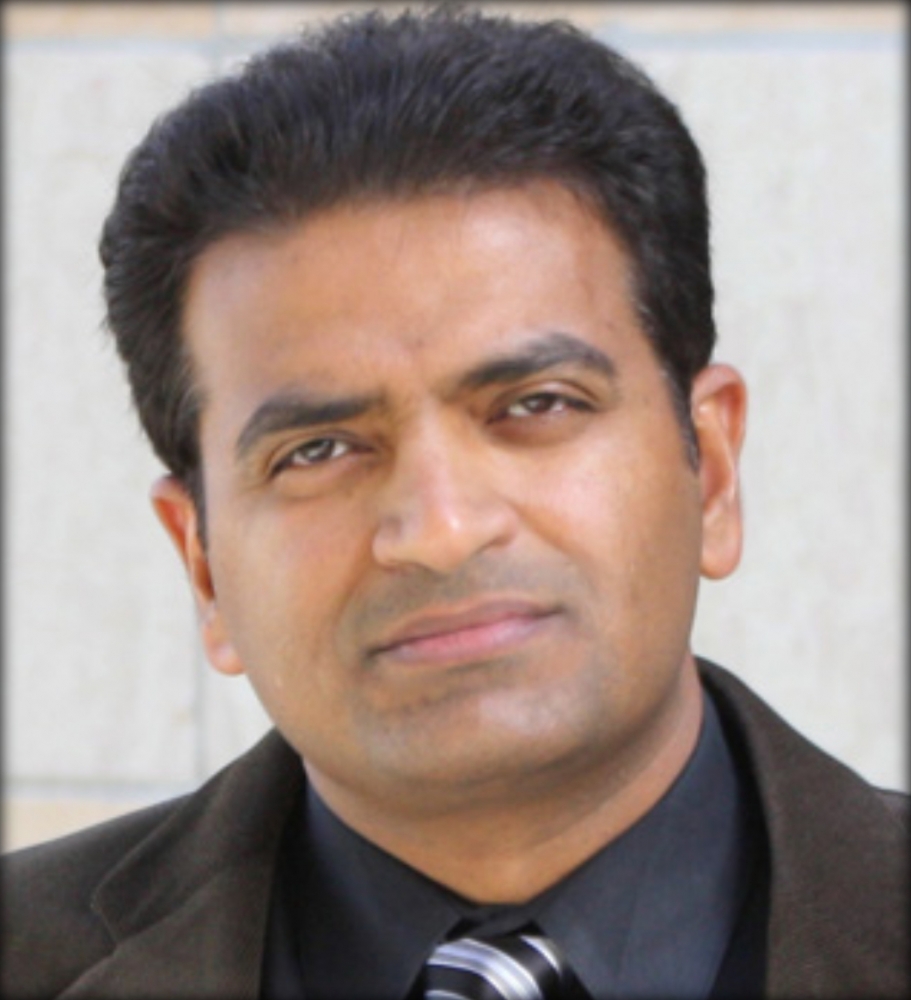
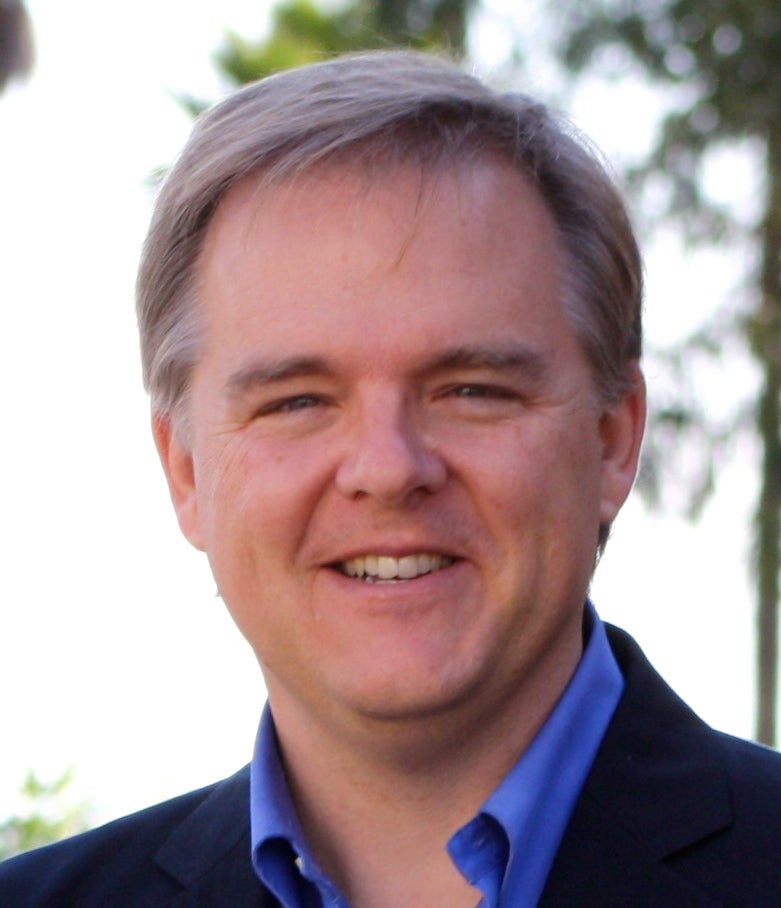
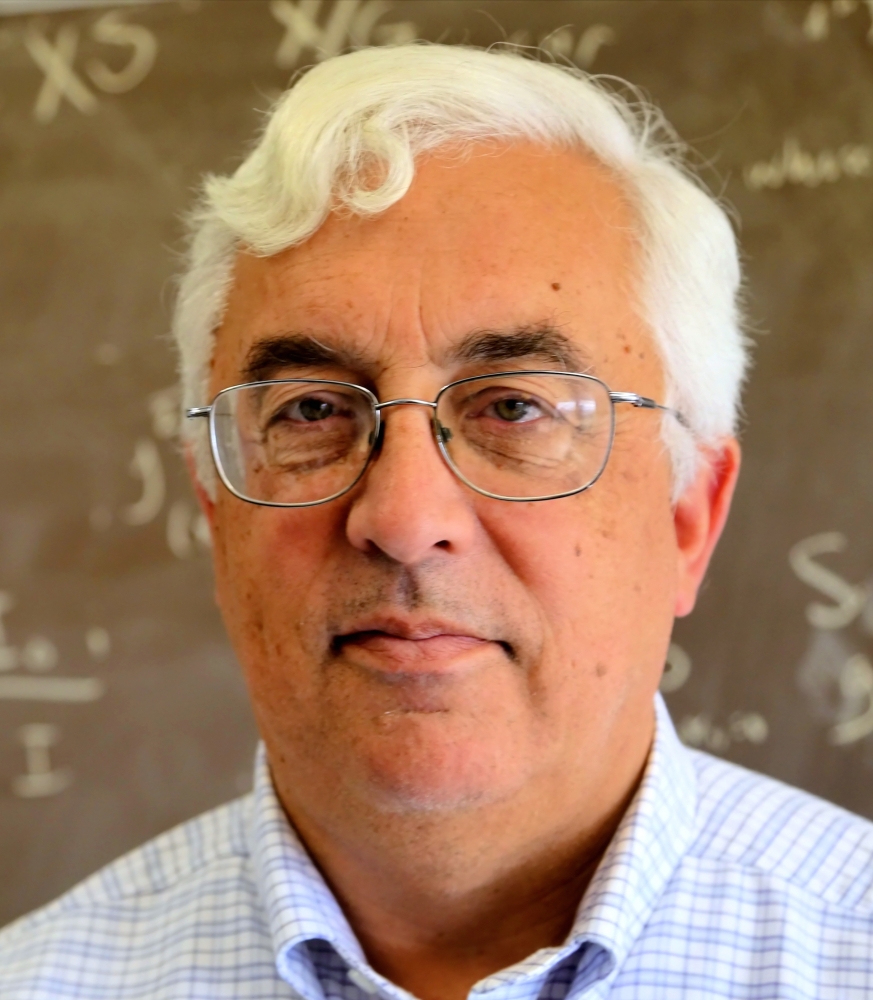
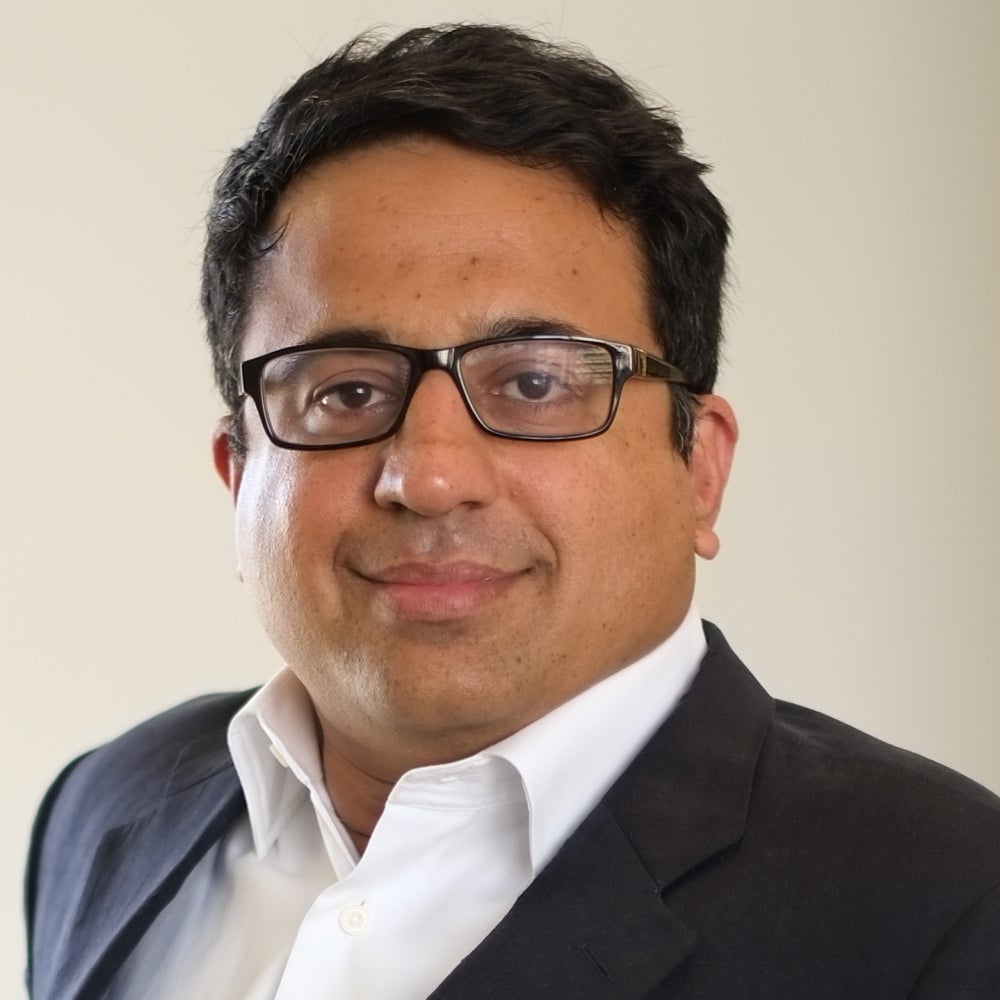

Five UC Santa Barbara faculty members have been named 2014 fellows of the American Physical Society (APS) for their “exceptional contributions to the physics enterprise.” This year’s additions bring the number of APS fellows from UCSB to 43.
Kaustav Banerjee, a professor of electrical and computer engineering and director of nanoelectronics research, was elected an APS fellow for his seminal applied physics research on nanoscale materials, devices, interconnects and circuits toward realizing ultra-low power electronics. Banerjee also is an affiliated faculty member with the campus’s California NanoSystems Institute and the Institute for Energy Efficiency.
Lars Bildsten, director of UCSB’s Kavli Institute for Theoretical Physics at UCSB, was recognized for his numerous pioneering contributions to stellar astrophysics. Among them are thermonuclear instabilities, propagating combustion fronts, gravitational wave phenomena, time domain astronomy, stellar explosions, asteroseismology and the many ways that stars evolve and manifest themselves to observations.
David Morrison, chair of UCSB’s Department of Mathematics, was selected for his many contributions to the connection between geometry and physics, including space-time singularities and topology change in string theory, generalizations of anti-de Sitter/conformal field theory correspondence (AdS/CFT) duality and foundational work in F theory, a branch of string theory.
Ram Seshadri, professor of materials and of chemistry and biochemistry, was honored for his major contributions to developing structure-composition-property relations in functional inorganic oxides. Seshadri was also cited for his contributions to understanding of the role of lone-pair electrons in polar and ferroic behavior, of frustrated magnetism and frustrated ferroics and of novel phosphors for solid-state lighting.
Anthony Zee, a particle theorist and member of UCSB’s Kavli Institute for Theoretical Physics, was elected in recognition of his unique popular writings and textbooks and for his wide-ranging impact on particle physics, quantum field theory, condensed matter physics, cosmology and biophysics.
The world’s second largest organization of physicists, APS publishes more than a dozen scientific journals, including Physical Review and Physical Review Letters and organizes more than 20 science meetings each year. Founded in 1899 at Columbia University “to advance and diffuse the knowledge of physics,” APS currently has 50,000 members worldwide.
